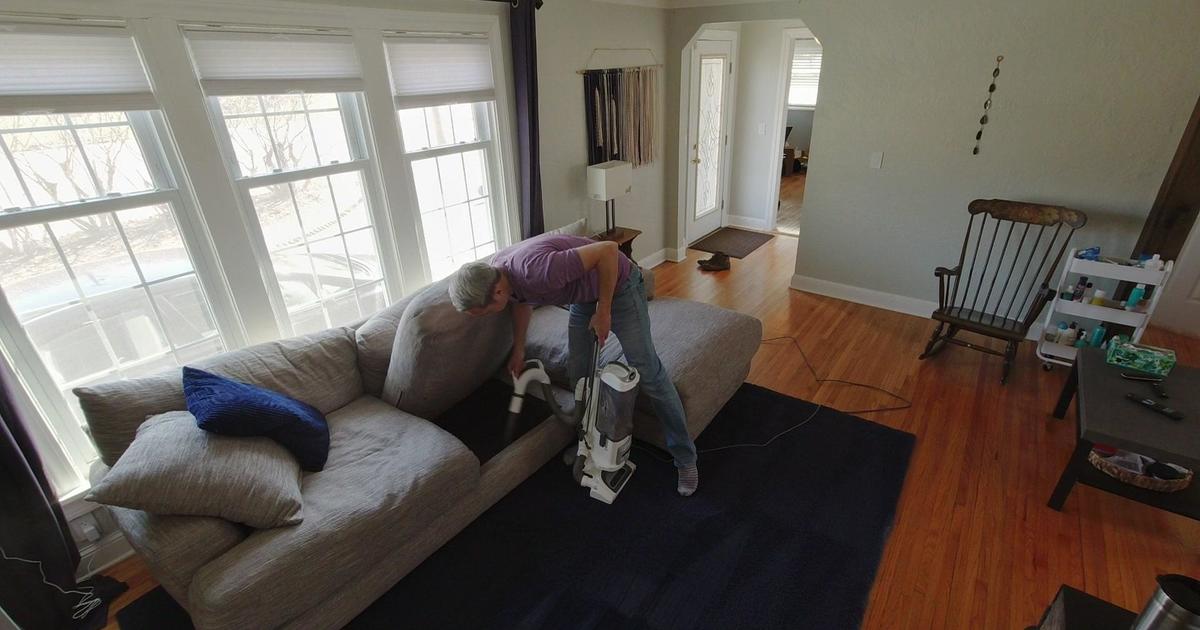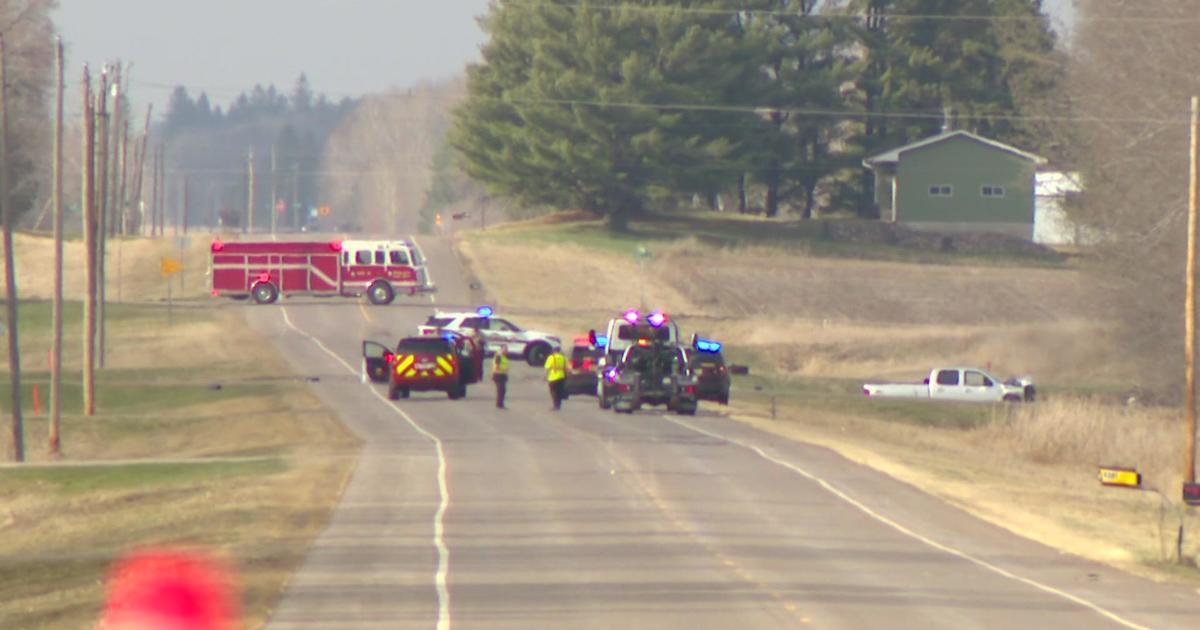Good Question: What If A Tornado Hit A Nuclear Power Plant
MINNEAPOLIS (WCCO) -- First it was the earthquake. Then the tsunami. Then the nuclear power plants couldn't cool correctly, and now there are explosions.
This confluence of events is nearly impossible to imagine in Minnesota, considering our location. However, a tornado or flood could possibility damage our two nuclear power plants. So what happens if a massive tornado slams into a nuclear plant?
"We are required to design for those phenomenon when we design our plant," said Terry Pickens, the head of nuclear regulatory policy for Xcel Energy.
"We can't say, 'Well, it's only going to be an F1 or an F2', we have to design for a tornado," Pickens said.
The Nuclear Regulatory Commission sets design standards for nuclear plants. Right now, plants have to be able to handle the most severe tornado that could reasonably be predicted to occur at the site, based on a study of more than 50 years of tornado data.
Essentially, that means that Minnesota nuclear plants must be designed for total wind speeds of 230 mph.
"When you look at these plants, there's a lot of concrete. We have very thick, steel-reinforced concrete walls," Pickens said.
In 1988, a Japanese company hired Sandia National Laboratory to hurl a rocket at a 3-foot thick steel-reinforced concrete wall. It's a wall much like what surrounds a nuclear reactor. The F4 rocket slammed into the wall at 415 miles per hour.
The rocket was obliterated. But the wall was just fine.
"It penetrated 3 inches into the wall," Pickens said.
There is a history of tornados and hurricanes hitting nuclear plants, and there's been no damage to the core reactors. In 2008, a tornado hit a nuclear reactor at Kansas State University. The building took damage, but the steel-reinforced concrete walls protected the reactor.
So damage isn't the issue, getting power to cool the reactor is.
Just like in Japan, Minnesota nuclear plants have a diesel generator backup power supply.
"We are required…to have a 7-day supply of diesel oil on site," said Pickens, who noted that more diesel oil could be brought to the site if needed.
If that fails, there's a battery backup that would last for 48 hours. And if that fails:
"We could draw water from the Mississippi River, through the portable pump and get that to the reactor vessel to maintain cooling," he said.
The Japanese had all those backups too. And it wasn't enough.
"I look at their combination of an earthquake with a tsunami coming in: That's about as catastrophic as I can see things getting," he said. "We don't have 30-foot walls of water coming down the Mississippi and our floods are more predictable, we'd have more time to react."
As for those floods: in 2001 the Prairie Island nuclear plant had water threatening the pad where spent nuclear rods are stored. But it never interfered with the pad, nor the operations of the plant.
"We've attempted to not fall into the trap of assuming we've got it all covered, we've attempted to put things into place so we can go beyond the back up to the backup to the backup," Pickens said.



